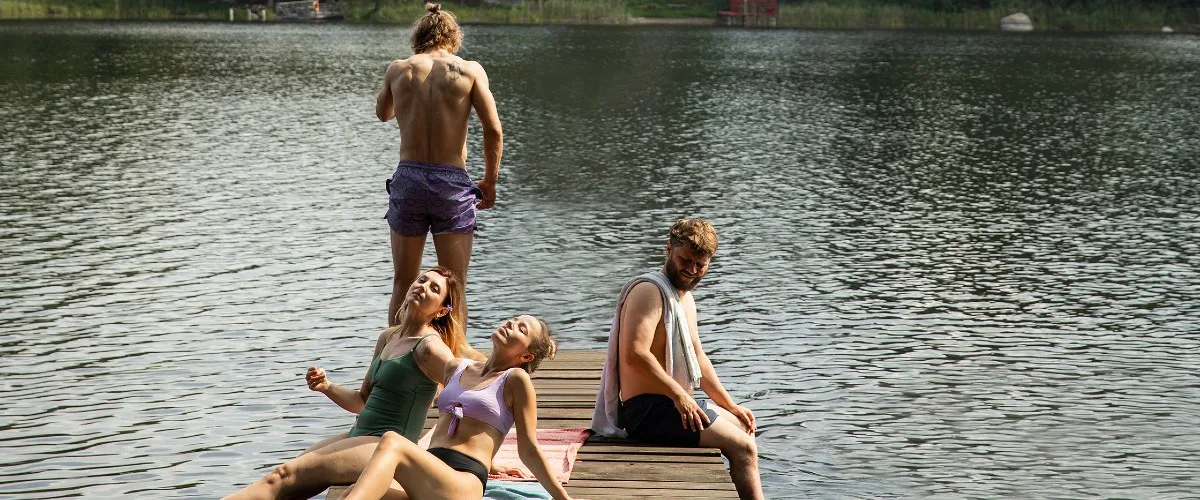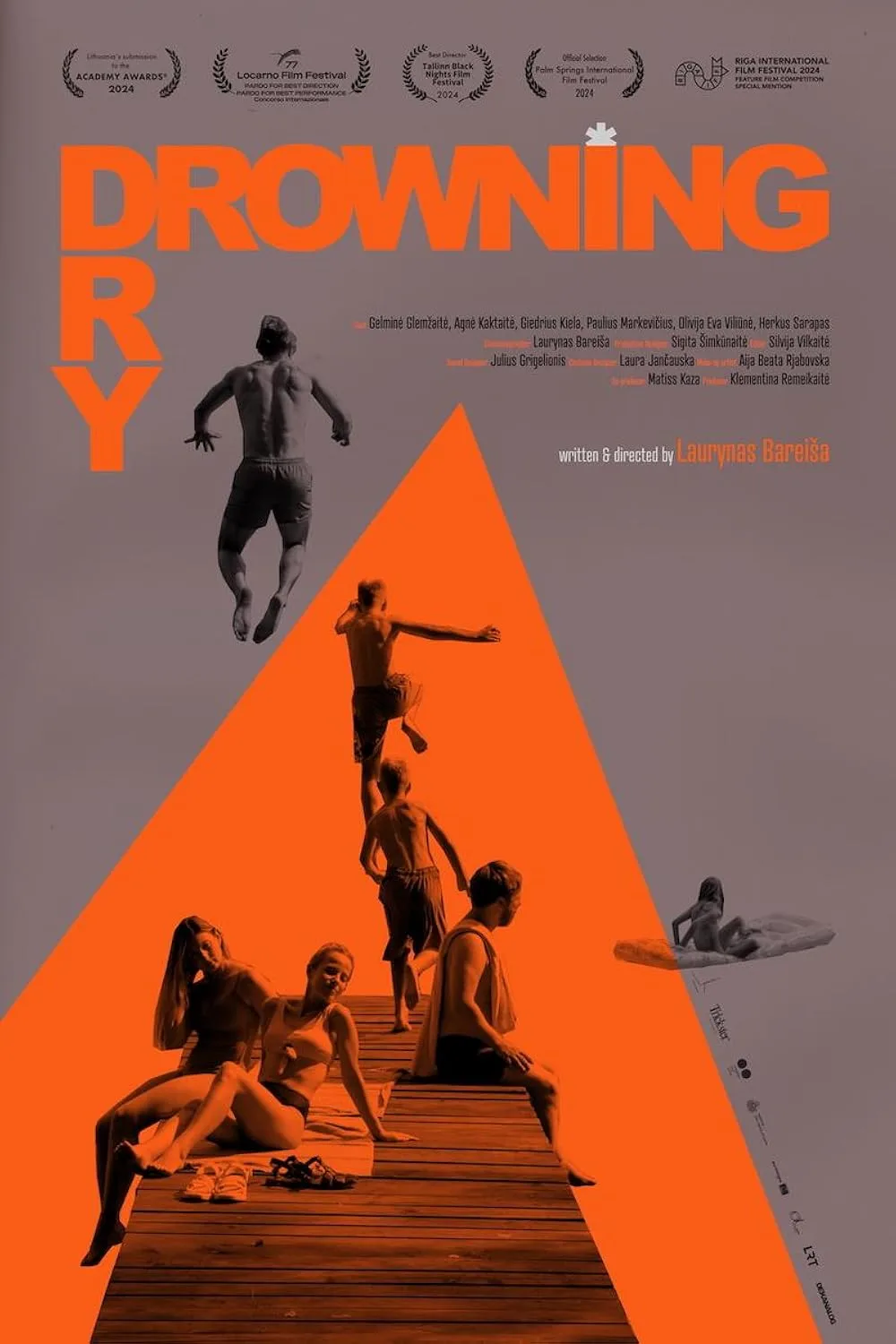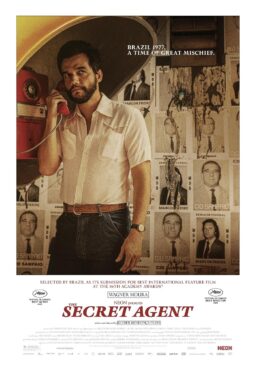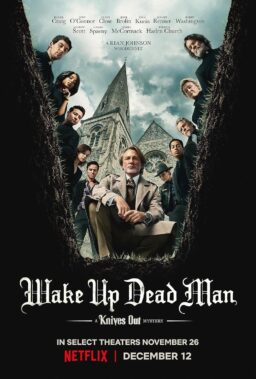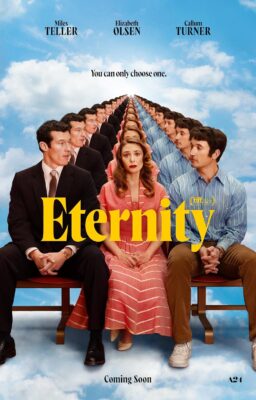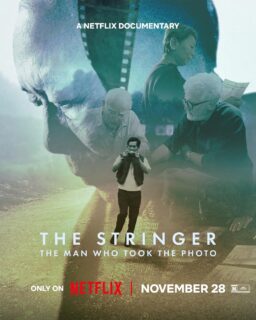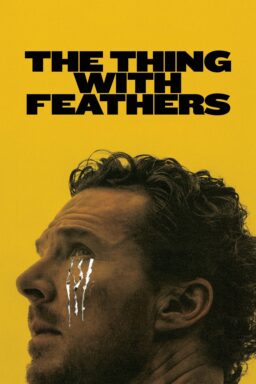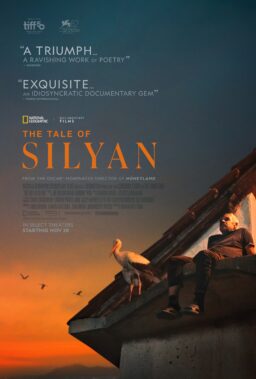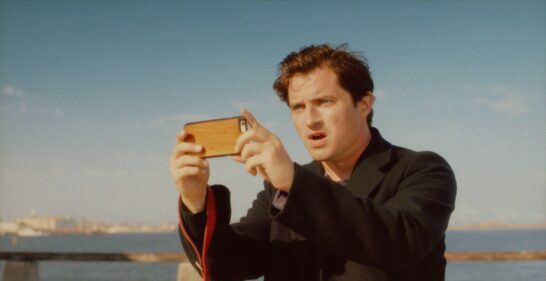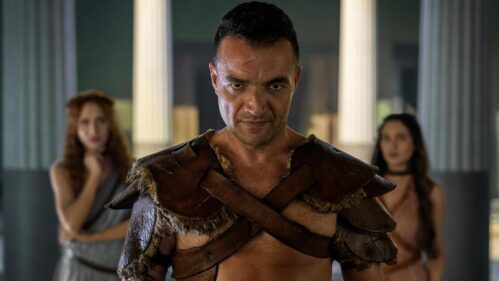In an early scene in “Drowning Dry,” written and directed by Laurynas Bareisa, two couples, having come to a house in the country for a weekend, unload their cars. They’ve brought a lot of stuff, so they make multiple trips. There’s some chatter, but not much. Bareisa films this scene from a slight distance, and the camera zooms in very slowly, almost imperceptibly. There’s no dialogue we need to remember, and nothing important happens onscreen, but the camera move makes the scene an event. The overall effect is unnerving. It’s not clear yet what is going on, who is who onscreen, and why we are watching a scene other directors would skip over. It’s difficult to pinpoint what might be wrong, but something feels a little wrong.
This is the Lithuanian writer-director’s second feature. He spent years as a cinematographer, and he shot “Drowning Dry” himself. The story is elliptical, with a mysterious void at its center, but we don’t need the plot to reveal this. We already saw it in the shot of the cars from a distance, and that creeping zoom in. Part of the joy of “Drowning Dry” is watching Bareisa’s work, taking note of the choices he makes in shot composition and perspective, his use of mirrors, and—most memorably—repetition. The scenes unfold mostly in one take, and there isn’t a “stock” shot in the whole film. Close-ups are rare. “Drowning Dry” holds you at arm’s length, but I found it more moving—and unsettling—because of that.
The film’s title in Lithuanian is “Sesės” (Sisters), represented here by Ernesta (Gelmine Glemzaite) and Juste (Agne Kaktaite), on a holiday weekend with their husbands and children. Ernesta is married to Lukas (Paulius Markevicius), an MMA fighter (the film opens with one of his fights). They have a son, Kristupas (Herkus Sarapas), around 10 years old. Juste is married to Tomas (Giedrius Kiela), and their daughter Urte (Olivija Eva Viliüné) is around Kristupas’ age. The cousins make fun of themselves, smashing clay figurines, as their parents unpack. The sisters are close, but subtle tensions exist, stemming from perceived differences in status. Tomas does some dangerous driving on the way there, putting everyone at risk. He wants to “spar” with Lukas but then backs down immediately. Lukas and Ernesta can’t get a loan to buy a home and might feel “behind” the more financially established Juste and Tomas. At one point, the sisters get up and do a choreographed dance, clearly something they’ve been doing since childhood.
At around the 35-minute mark of “Drowning Dry,” something happens. The film then loops back, but when it loops back, things are different. We see the same scene,s but there are small shifts. Ernesta and Juste get up and do their dance—same shot, same angle—but this time they dance to a different song. Are we in someone else’s memory? Was the first time through Ernesta’s memory, the second time Juste’s? There are other differences, some are small, some are unimaginably massive. There are a couple of time jumps, where things have changed drastically, but the film keeps circling back, again and again, to the weekend at the country house.
The story fragments, and the quartet of adult characters fragments as well. The togetherness of the sisters dancing, as their husbands and kids watch, is a distant memory, but even in the memory it’s not certain what song is playing. Grief wreaks havoc on the mind, and memory is unreliable. Grief is not sadness. It’s chaos and confusion.
Bareisa withholds information, not to be tricky or clever, but to reflect accurately the shattering experience of the four adults trying to move forward (from what? to what?). His approach forces us into their shoes. Trauma is a rip in the fabric of continuity. The rip can’t be sewn back together, and the mind keeps going back to the spot obsessively, tiptoeing right up to the edge, trying to see, trying to make sense, until everything goes blank, again. Life moves on, but you don’t. You’re still back there where everything went wrong.

